Geraniums In Pots – Choose A Loam-Based Compost And Ensure Good Drainage At The Base
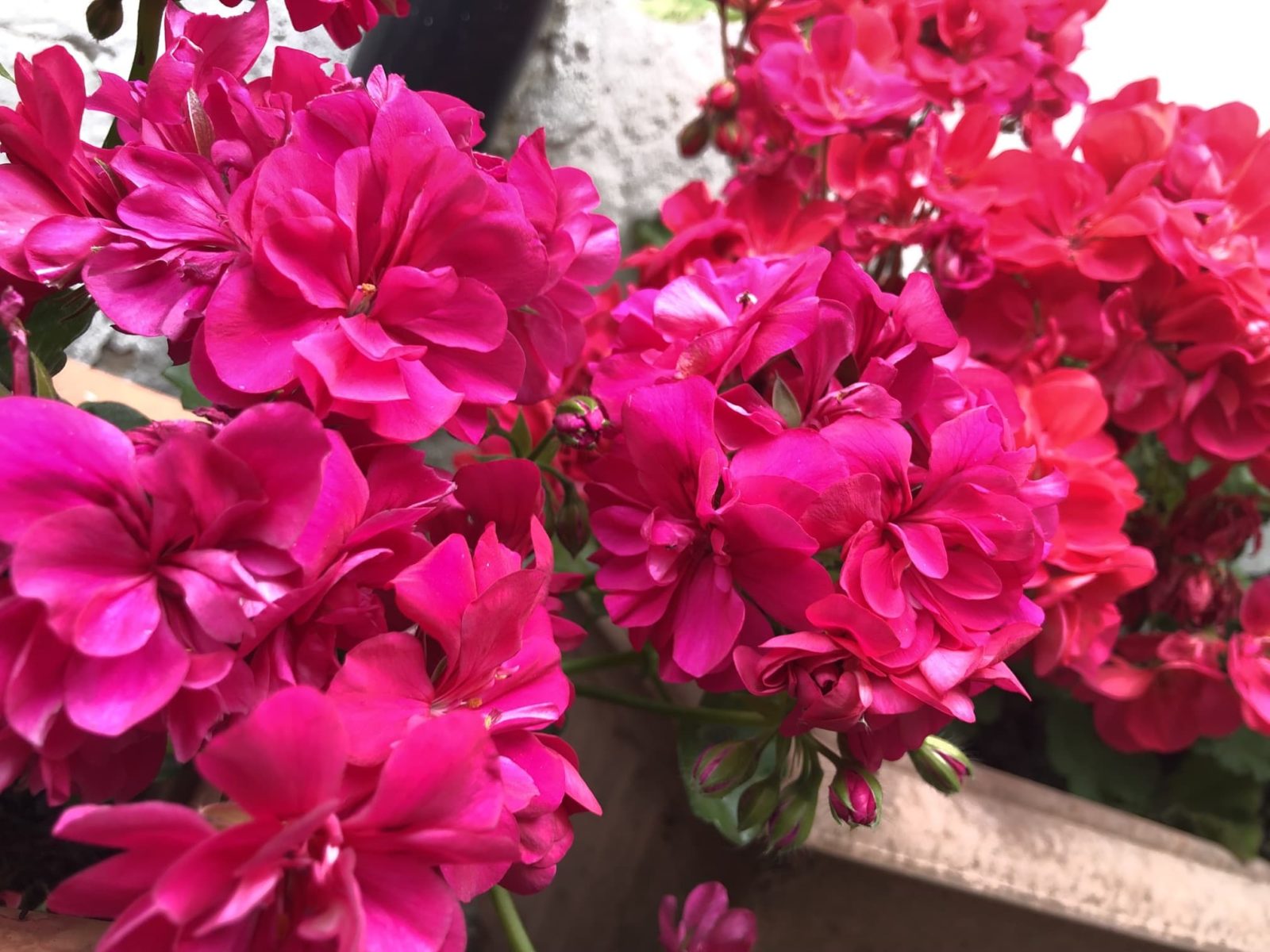
PERENNIALS > GERANIUMS > CONTAINERS

Elizabeth is a Permaculture Garden Designer, Sustainability Consultant and Professional Writer, working as an advocate for positive change. She graduated from the University of St. Andrews with an MA in English and Philosophy and obtained a Diploma in Applied Permaculture Design from the Permaculture Association.
Reviewed By ROY NICOL

Roy is a Professional Gardener and Horticultural Consultant, specialising in large garden year-round maintenance and garden development. He is an RHS Master of Horticulture and uses his research in the application of no-dig methods in ornamental garden settings. Roy has been a Professional Gardener for more than six years and is a member of the Chartered Institute of Horticulture, Professional Gardener's Guild and Association of Professional Landscapers (Professional Gardener).
Contributions From EMILY CUPIT

Emily is a Gardening Writer, Photographer and Videographer from Derbyshire, UK. She is the Founder of Emily's Green Diary - a community of more than 75,000 people who share in her gardening journey.
IN THIS GUIDE
GERANIUM GUIDES
Container Growing
Cuttings
Deadheading
Feeding
Growing From Seed
Pruning
Varieties
Winter Care
Both true Geraniums and Pelargoniums (commonly known as tender Geraniums) are popular garden plants.
However, it is important to note that these plants can have different requirements and care needs, depending on which type you have chosen.
Both hardy Geraniums and Pelargoniums can be good choices for a container garden.
There are a staggering array of different cultivars ideal for container growing.

Pelargoniums are great as bedding plants for summer containers, or as houseplants to be grown in pots indoors year-round.
Summer bedding plants can also be potted up and grown in containers indoors over the winter months.

While Pelargoniums tend to be most popular for container growing, hardy Geraniums can also be placed in perennial displays for a garden.
As long as they are given sufficient moisture they can be very happy over multiple years.
Choosing Containers For Geraniums
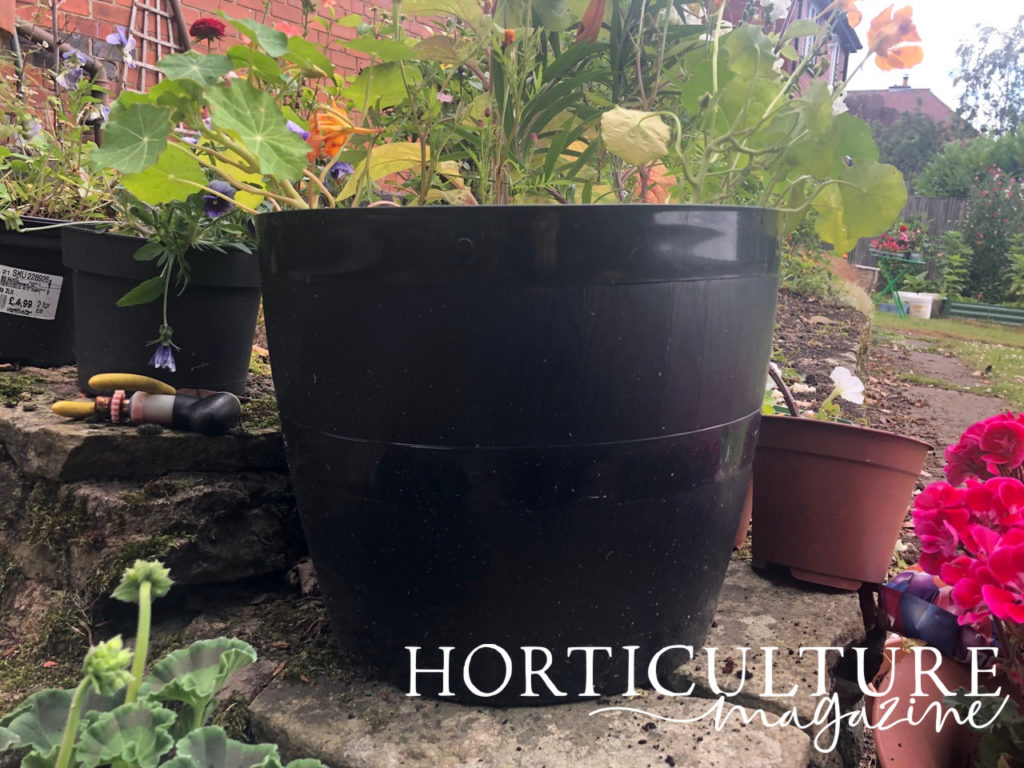
Before choosing a container for a Geranium or Pelargonium it is important to think about the specific type and cultivar that you are planning to grow.
There is such a great variety within each genus, and they include plants with a wide range of different heights, spreads and growth habits.
It is also important to consider whether you plan on keeping your plants in the containers short-term, or longer-term to reach their full potential and full size.

Terracotta pots can be a perfect choice – just make sure these have good drainage at the base.
However, you can also consider a range of reclaimed items to use as containers or even grow some Geraniums in an innovative planting solution, such as a vertical garden – great for small spaces.
Choosing Compost / Potting Mix
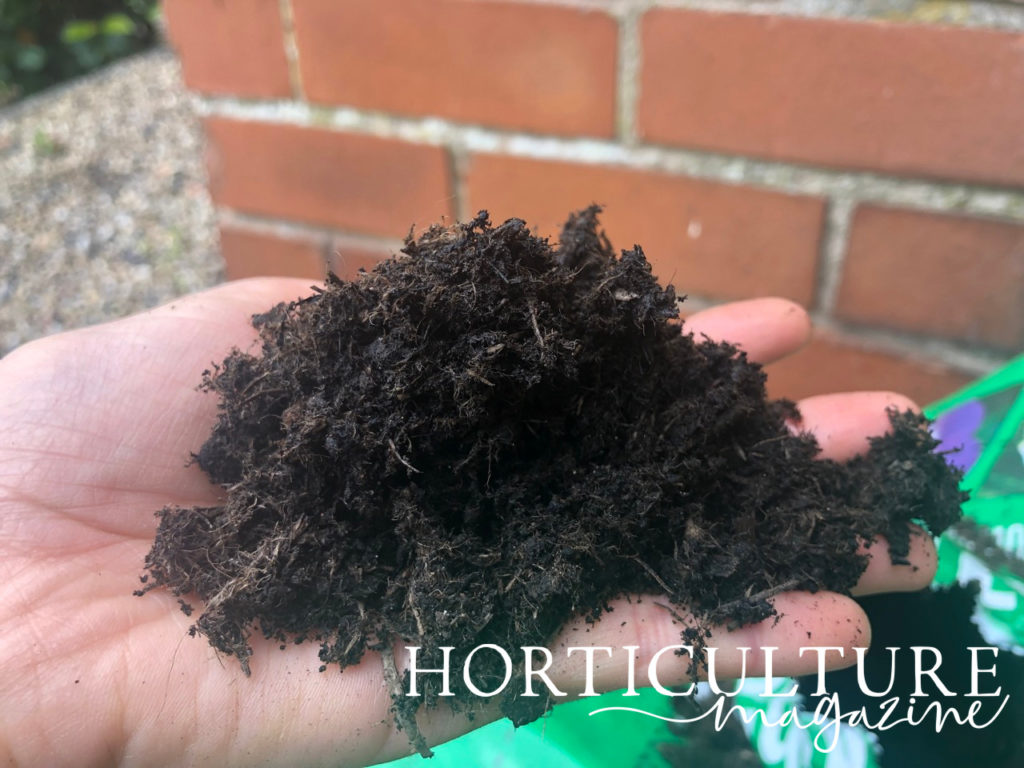
Fill containers for most Geraniums and Pelargoniums with a general-purpose peat-free potting mix which is moist yet reasonably free-draining.
It is best to choose a soil-less mix for younger plant seedlings to reduce the chances of damping-off and other fungal issues.
Mature plants will benefit from a mix with loam/soil incorporated, though any good quality, peat-free compost should work well.
“If it’s intended hardy Geraniums or Pelargoniums will be in the container longer term, it’s best to choose a loam-based compost such as the John Innes formula mixes,” says Horticulturist Roy Nicol.
Potting Up Geraniums

Most Geraniums, when grown in a fertile medium with plenty of organic matter, and watered well, can tolerate close spacing within a container.
They can look great when planted in mixed container displays with other bedding plants which like similar conditions.
How Many Can You Plant Per Pot?

This will of course depend on which type you are growing, and how long-term a display you hope to create.
How many plants you can fit into a container can be determined by taking a look at the typical size and spread for a variety that you wish to grow.
But individual plug plants are typically potted up into 9cm pots and can then later be transplanted out into the garden, or grown on in larger containers.
See our video above for guidelines on re-potting geraniums.
Potted Geranium Care
Aspect
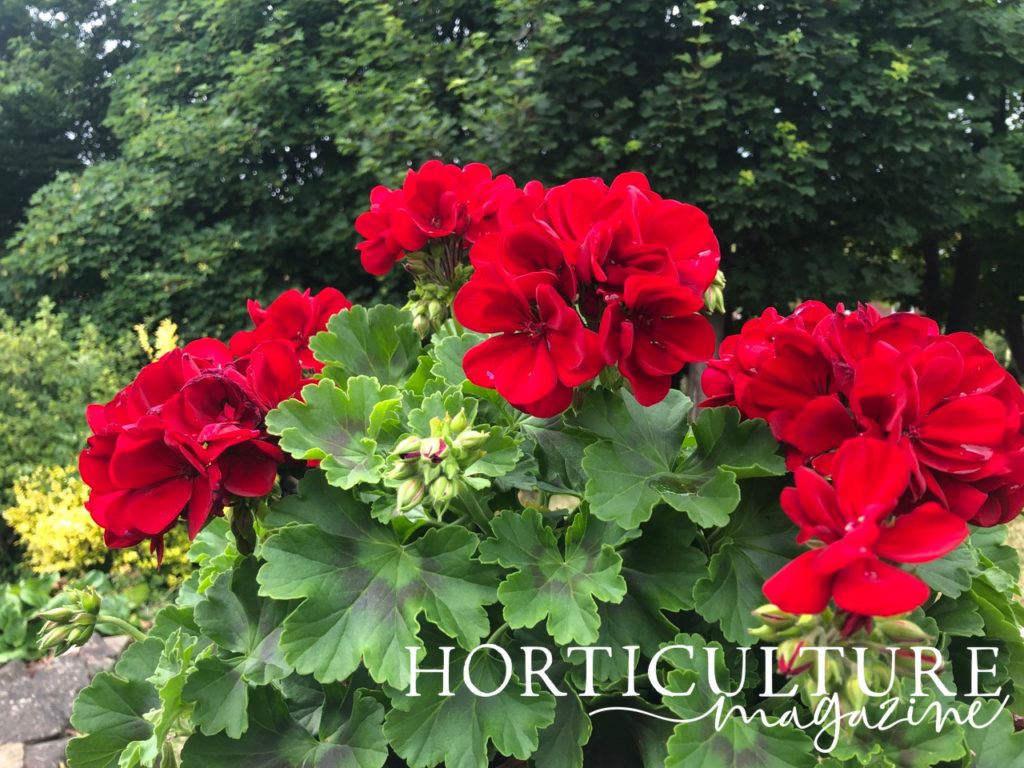
Decide where to position your Geraniums in containers.
Will you grow Pelargonium indoors year-round, or place them outside in summer?
Most Pelargoniums need a light, bright location indoors, or a spot in full sun, but some, depending on type, do like light shade.
Some hardy Geraniums are fine in full sun or partial shade, and some are even more shade tolerant.
Watering & Feeding

Water hardy Geraniums regularly and Pelargoniums only moderately throughout the summer months when growing in containers – but remember it is crucial to avoid overwatering and to ensure good drainage.
Feed Pelargonium every 10-14 days through spring with a balanced organic liquid feed, then feed every couple of weeks with a high potassium organic liquid feed once flowers form and throughout the summer.
Compost
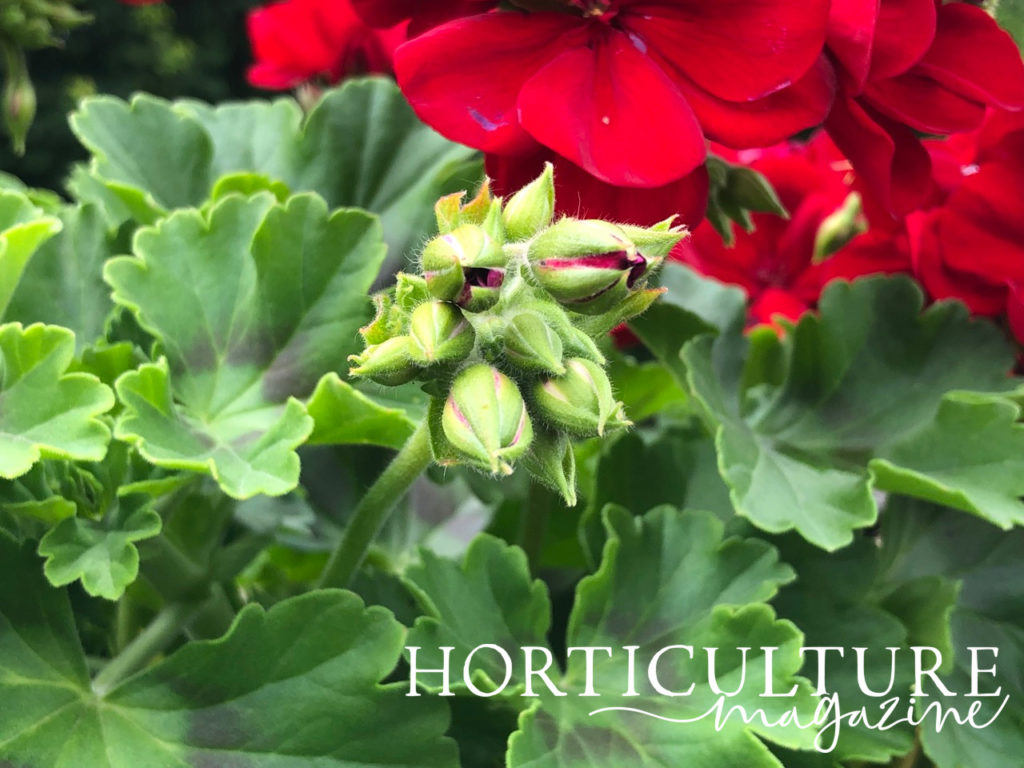
A good quality nutrient-rich compost should be sufficient for hardy Geraniums, though you should top dress each spring with organic matter to retain fertility in the growing medium.
Remember that Pelargonium growing outdoors will need to be brought inside to be overwintered or propagated using cuttings which will be grown indoors over winter.
“Pelargoniums which have developed woody stems can also be overwintered as bare root plants by lifting before frosts, drying and wrapping in newspaper in a frost-free place,” says Roy.
“The plants are then brought into growth in the spring by soaking in water for a few hours and then potting up.”
